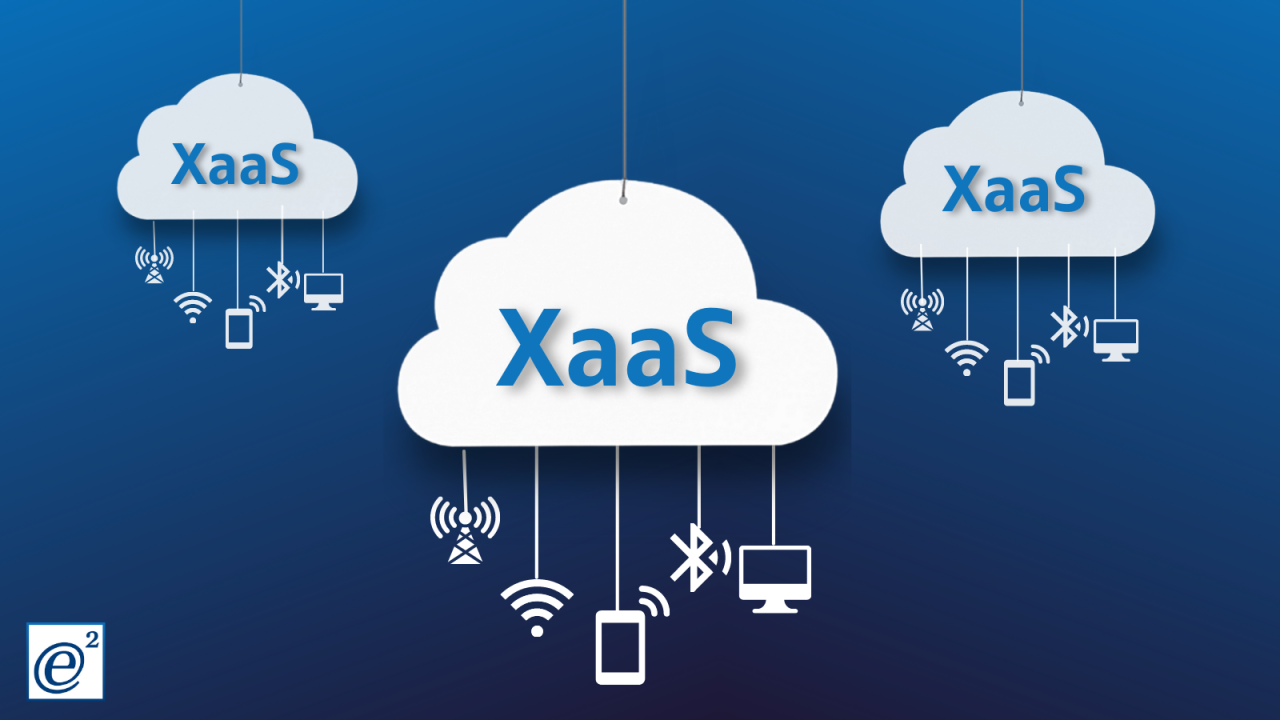What is XaaS? Exploring the Concept of Everything-as-a-Service
telcomatraining.com – In the ever-evolving world of technology, acronyms like XaaS are becoming increasingly common. But what exactly does XaaS stand for, and why is it transforming industries across the globe? XaaS, short for Everything-as-a-Service, represents a comprehensive shift in how businesses and consumers access and utilize digital solutions. This article explores the concept, benefits, and future of XaaS, shedding light on why it’s a game-changer in the tech landscape.
Defining XaaS: A Brief Overview
XaaS, or Everything-as-a-Service, is an umbrella term encompassing various service models delivered over the internet. The concept extends beyond traditional Software-as-a-Service (SaaS) to include a wide array of digital services, such as Infrastructure-as-a-Service (IaaS), Platform-as-a-Service (PaaS), and more. Essentially, XaaS allows businesses and individuals to access software, hardware, and infrastructure without the need for on-premises installations or long-term commitments.
The rise of XaaS can be attributed to cloud computing, which provides the scalability and flexibility needed for such services. By leveraging cloud infrastructure, companies can offer subscription-based or pay-as-you-go models, making high-quality digital solutions accessible to organizations of all sizes.
Key Components of XaaS
XaaS encompasses a broad range of services. Here are some of the most common types:
- Software-as-a-Service (SaaS)
SaaS is one of the most recognized categories of XaaS. It involves delivering software applications over the internet, eliminating the need for installation or maintenance. Examples include Microsoft 365, Google Workspace, and CRM tools like Salesforce. - Infrastructure-as-a-Service (IaaS)
IaaS provides virtualized computing resources over the cloud. It includes services like virtual machines, storage, and networking. Amazon Web Services (AWS) and Microsoft Azure are leading providers in this domain. - Platform-as-a-Service (PaaS)
PaaS offers a platform for developers to build, test, and deploy applications. It includes tools, libraries, and frameworks that simplify the development process. Popular PaaS providers include Heroku and Google App Engine. - Device-as-a-Service (DaaS)
DaaS enables companies to lease hardware devices like laptops, desktops, and mobile phones. It’s a cost-effective way to ensure employees have up-to-date equipment. - Security-as-a-Service (SECaaS)
With cyber threats on the rise, SECaaS delivers robust security solutions over the cloud. Services include firewalls, antivirus, and intrusion detection systems. - Anything-as-a-Service (XaaS)
XaaS goes beyond specific categories, enabling tailored solutions for unique business needs. For instance, AI-as-a-Service (AIaaS) provides access to artificial intelligence tools, while Database-as-a-Service (DBaaS) offers database management without infrastructure worries.
Benefits of XaaS for Businesses
The widespread adoption of XaaS is largely driven by its significant advantages. Here’s why businesses are embracing it:
- Cost Efficiency
XaaS models operate on a subscription or pay-per-use basis, reducing upfront capital expenditures. Companies no longer need to invest in costly infrastructure or software licenses. - Scalability
With XaaS, businesses can scale their usage up or down based on demand. This flexibility is particularly useful for growing companies or those with fluctuating workloads. - Accessibility
Services are accessible from anywhere with an internet connection, enabling remote work and global collaboration. - Faster Deployment
XaaS solutions are quick to implement, allowing businesses to adopt new technologies without lengthy installation or configuration processes. - Focus on Core Competencies
By outsourcing IT needs to XaaS providers, companies can concentrate on their core business functions instead of managing complex IT systems.
Challenges and Considerations
Despite its many advantages, XaaS is not without challenges. Here are some potential concerns businesses should address:
- Data Security: Storing sensitive data on external servers can raise security and compliance issues. Choosing a trusted provider with strong security protocols is essential.
- Vendor Lock-In: Relying on a single XaaS provider may limit flexibility. It’s important to evaluate providers carefully and consider multi-vendor strategies.
- Downtime Risks: Cloud-based services are susceptible to outages. Ensure providers offer robust service-level agreements (SLAs) and redundancy measures.
The Future of XaaS
The XaaS model continues to evolve, with emerging technologies like artificial intelligence, edge computing, and the Internet of Things (IoT) further expanding its possibilities. As businesses increasingly prioritize agility and innovation, XaaS will likely become the default approach for accessing digital solutions.
In conclusion, XaaS is redefining how companies and individuals engage with technology. By offering flexibility, scalability, and cost-efficiency, it empowers organizations to adapt to the fast-changing digital landscape. As this trend grows, businesses that embrace XaaS will gain a competitive edge, driving innovation and success in the years to come.







